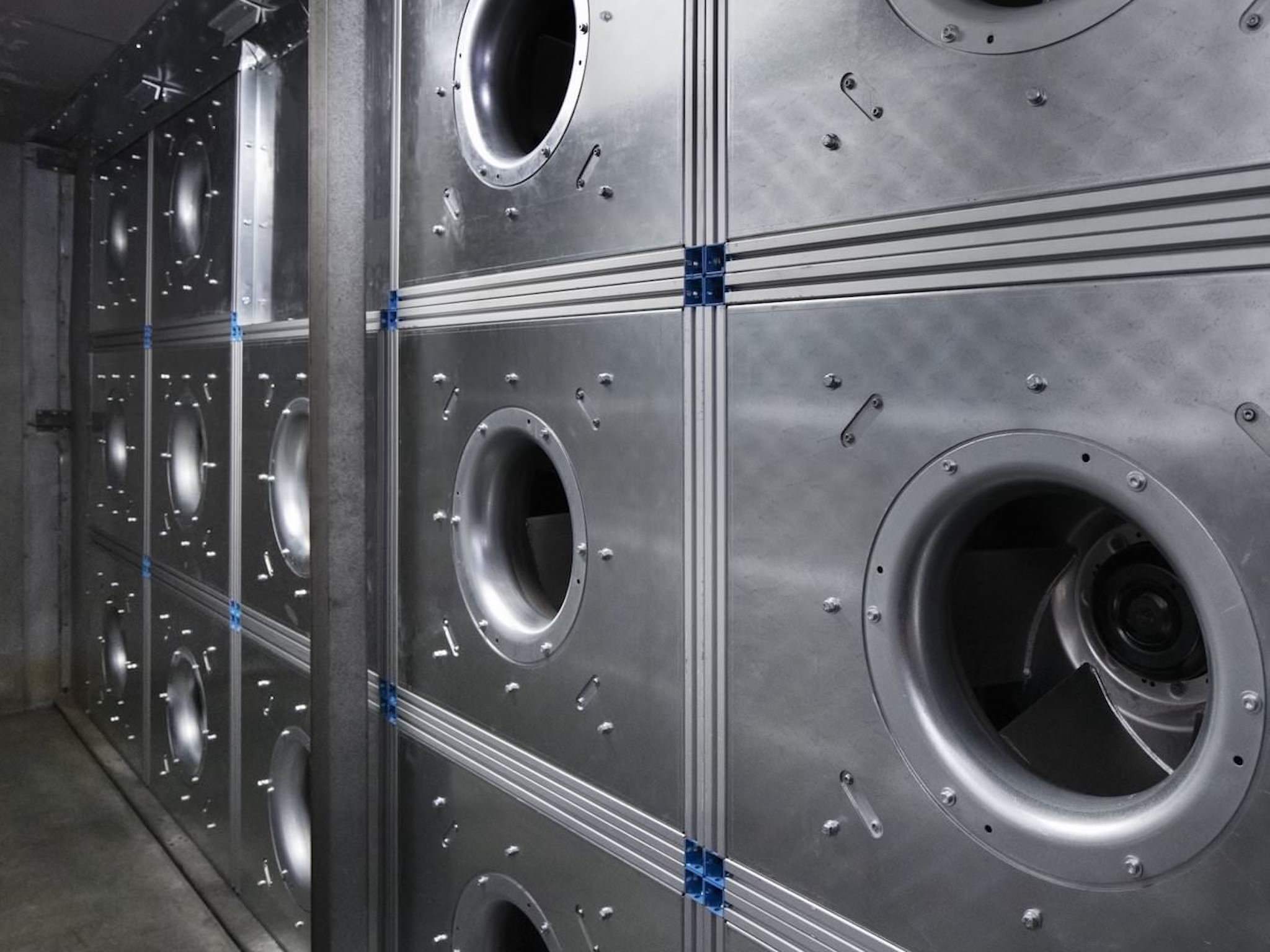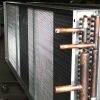A recent question by one of our clients highlights a common concern: What are the implications of operating fans above the standard 60 Hz frequency?
This blog post delves into the technical aspects of this issue and sheds light on Mainstream Fluid & Air’s approach to fan system design.
Understanding Variable Frequency Drives (VFDs)
A VFD consists of three main components: a rectifier, a DC bus, and a transistor array. The rectifier converts AC voltage to DC, the DC bus stores this power, and the transistor array switches the power to the output terminals. Contrary to common belief, the input frequency (commonly 60 Hz in the US) is irrelevant to the VFD’s output. It’s the drive’s capacity to control its output that enables operation at frequencies significantly higher than 60 Hz, even into the hundreds of Hz for specific applications.

In simpler terms, the VFD manipulates DC power to create a simulated sine wave, allowing for variable output frequencies. This means that fans can operate at speeds beyond the standard 60 Hz without any issues, as long as they’re designed to handle such conditions. It’s crucial to consider the motor’s specifications – particularly its rated maximum RPM – rather than just relying on the old 60 Hz limit.
Motor Specifications and Operating Frequencies
Understanding motor specifications is key to optimizing fan system performance. Motors are commonly categorized by their RPM ratings, such as 1800 or 3600 RPM, indicating 4-pole and 2-pole motors respectively. This RPM rating is an important factor, as it gives an indication of the motor’s pole count, which is essential in determining its optimal operating frequency.
While the traditional 60 Hz limit has been a standard, it’s important to look at the motor tag RPM to understand the motor’s design. For example, most Baldor EC Titanium Motors used in Mainstream’s fan arrays are rated at 3600 RPM or 4,000 RPM. When considering operating a motor over 60 Hz, it’s crucial to check the specified maximum rated speed to ensure that you’re not exceeding the motor’s designed capabilities. This approach helps in making informed decisions about the safe and efficient operation of fan systems. And importantly, if it came from Mainstream, max RPM has already been verified, ensuring adherence to the highest standards of quality and performance.

Mainstream’s Approach
At Mainstream Fluid & Air, our approach to fan sizing centers around efficiency, but not solely due to energy consumption concerns. We prioritize efficiency to ensure that our units meet specifications while allowing for deviation and maintaining long-term reliability.
Sizing a fan to run in the most efficient portion of its curve provides leeway for post-installation deviations from the specification, starting from an optimal point. This strategy contrasts with fixed-speed sizing, which often involves a compromise. Deviations from a fixed-speed specification, already less than optimal, can lead to significantly suboptimal operating conditions and decreased efficiency.
Understanding the technicalities of VFDs and motor specifications is crucial in optimizing fan systems. Mainstream Fluid & Air is committed to providing solutions that are not just technically sound but also practical and reliable for our commercial and industrial clients. For further information, feel free to contact our expert team.




